
Viscount Hardinge, of Lahore and of Kings Newton in the County of Derby, is a title in the Peerage of the United Kingdom. It was created in 1846 for the soldier and Tory politician Sir Henry Hardinge. His son, the second Viscount, represented Downpatrick in Parliament. His great-great-grandson, the sixth Viscount, succeeded a distant relative as eighth Baronet, of Belle Isle in the County of Fermanagh, in 1986. This title had been created in the Baronetage of the United Kingdom 1801 for Richard Hardinge. He was the third son of Nicolas Hardinge, younger brother of Reverend Henry Hardinge and uncle of the latter's third son Henry Hardinge, 1st Viscount Hardinge. The baronetcy was created with special remainder to the heirs male of Richard Hardinge's father.

Earl of Banbury was a title in the Peerage of England. It was created in 1626 for William Knollys. He had already been created Baron Knollys in 1603 and Viscount Wallingford in 1616, both in the Peerage of England. However, the paternity of his sons was challenged, leading to hundreds of years of dispute.
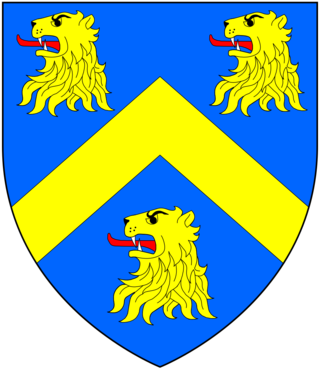
Earl of Egremont was a title in the Peerage of Great Britain. It was created in 1749, along with the subsidiary title Baron of Cockermouth, in Cumberland, for Algernon Seymour, 7th Duke of Somerset, with remainder to his nephews Sir Charles Wyndham, 4th Baronet, of Orchard Wyndham, and Percy Wyndham-O'Brien. The Duke had previously inherited the Percy estates, including the lands of Egremont in Cumberland, from his mother Lady Elizabeth Percy, daughter and heiress of Joceline Percy, 11th Earl of Northumberland. In 1750 Sir Charles Wyndham succeeded according to the special remainder as second Earl of Egremont on the death of his uncle. His younger brother Percy Wyndham-O'Brien was created Earl of Thomond in 1756.
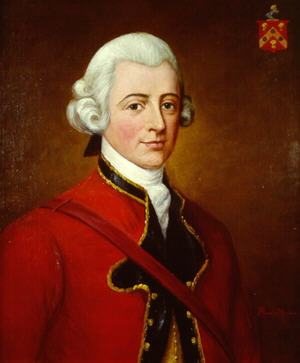
The Eden Baronetcy, of West Auckland in the County of Durham, and the Eden Baronetcy, of Maryland in North America, are two titles in the Baronetage of England and Baronetage of Great Britain respectively that have been united under a single holder since 1844.
Viscount Mountmorres was a title in the Peerage of Ireland. It was created on 29 June 1763 for Hervey Morres, 1st Baron Mountmorres, who had previously represented St Canice in the Irish House of Commons. He had been created Baron Mountmorres, of Castlemorres in the County of Kilkenny, on 4 May 1756, also in the Peerage of Ireland. He was the grandson of Hervey Morres, member of the Irish Parliament for Knocktopher, younger son of Sir Redmond Morres, 2nd Baronet, of Knockagh. Lord Mountmorres was succeeded by his son from his first marriage, the second Viscount. In 1795 he also succeeded his kinsman as 10th Baronet of Knockagh. He was succeeded in both the baronetcy and peerages by his half-brother, the third Viscount. He assumed in 1815 by Royal licence the surname of de Montmorency in lieu of Morres. On his death the titles passed to his son, the fourth Viscount. He was Dean of Cloyne and Dean of Achonry. The titles descended from father to son until the death of his grandson, the sixth Viscount, in 1936. The late Viscount was succeeded by his first cousin, the seventh Viscount. He was the son of the Hon. Arthur de Montmorency, fourth son of the fourth Viscount. He had no male issue and on his death in 1951 the barony and viscountcy became extinct.
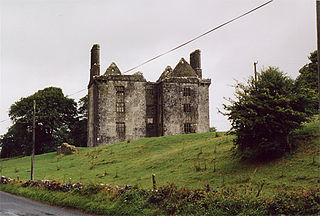
There have been two baronetcies created for persons with the surname Burke, both in the Baronetage of Ireland. As of 2014 one creation is extant.

The Affleck Baronetcy, of Dalham Hall in the County of Suffolk, was a title in the Baronetage of Great Britain. It was created on 10 July 1782 for the naval commander Edmund Affleck. The title became extinct on the death of the eighth Baronet in 1939.

There have been twenty one baronetcies created for persons with the surname Williams, eight in the Baronetage of England, three in the Baronetage of Great Britain and ten in the Baronetage of the United Kingdom. Only six of the creations are extant as of 2017.

The Crisp Baronetcy, of Bungay in the County of Suffolk, is a title in the Baronetage of the United Kingdom. It was created on 5 February 1913 for the lawyer and microscopist Sir Frank Crisp.
Sir Henry Cheere, 1st Baronet was a renowned English sculptor and monumental mason. He was the older brother of John Cheere, also a notable sculptor.

Sir Nicholas Crispe, 1st Baronet was an English Royalist and a wealthy merchant who pioneered the West African slave trade in the 1630s; a customs farmer ; Member of Parliament for Winchelsea Nov. 1640-1 ; member of the Council of Trade and for Foreign Plantations ; and Gentleman of the Privy Chamber from 1664. He was knighted in 1640 or 1641 and was made a baronet in 1665. He died in February 1666 (O.S.) aged 67.
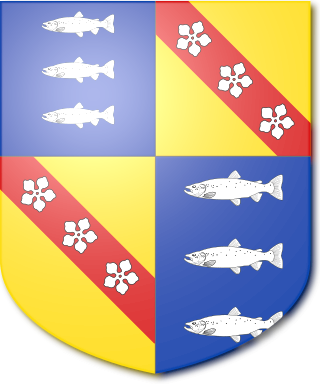
The Vanacker, later Sambrooke Baronetcy, of London, was a title in the Baronetage of England. It was created on 31 January 1701 for the Turkey Merchant Nicholas Vanacker, with a remainder failing male issue of his own or his brother John Vanacker to Sir Jeremy Sambrooke and the heirs male of his body. The Vanacker line failed on the death of the second Baronet in 1711 and the title was inherited by Sir Samuel Sambrooke, the third Baronet, who sat as Member of Parliament for Bramber and Great Bedwyn. The fourth Baronet was a Member of Parliament for Bedford. The title became extinct on the death of the fifth Baronet in 1754.
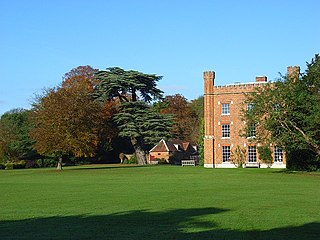
Sir Richard Powle of Shottesbrooke Park, Berkshire was an English lawyer and politician who sat in the House of Commons from 1660 to 1678.
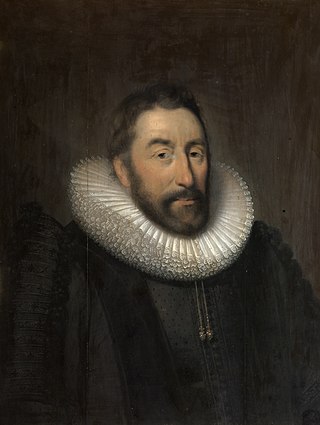
Sir Walter Pye of The Mynde, Herefordshire was an English barrister, courtier, administrator and politician who sat in the House of Commons from 1621 and 1629.
Nicholas Crispe may refer to:
The Enyon Baronetcy, of Flowrie in the County of Northampton, was a title in the Baronetage of England. It was created on 9 April 1642 for James Enyon, a Royalist soldier. He was killed in a duel with Sir Nicholas Crispe, Bt, at Royalist army headquarters in Gloucestershire already the same year. Enyon had no sons and the title died with him.
Crispe is a surname. Notable people with the surname include:
Nicholas Crispe, from Whitstable, Kent, was an English politician.
Sir Henry Gough, 1st Baronet (1709–1774), also known as Sir Harry Gough, of Edgbaston Hall, Warwickshire, was a British merchant and politician who sat in the House of Commons from 1732 to 1741.
Sir Charles Crisp, 5th Baronet, or Crispe, of Dornford, Oxfordshire was an English landowner and politician, who sat in the House of Commons from 1721 to 1722.












